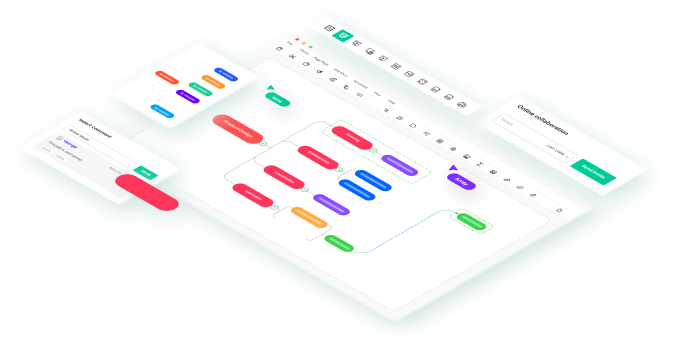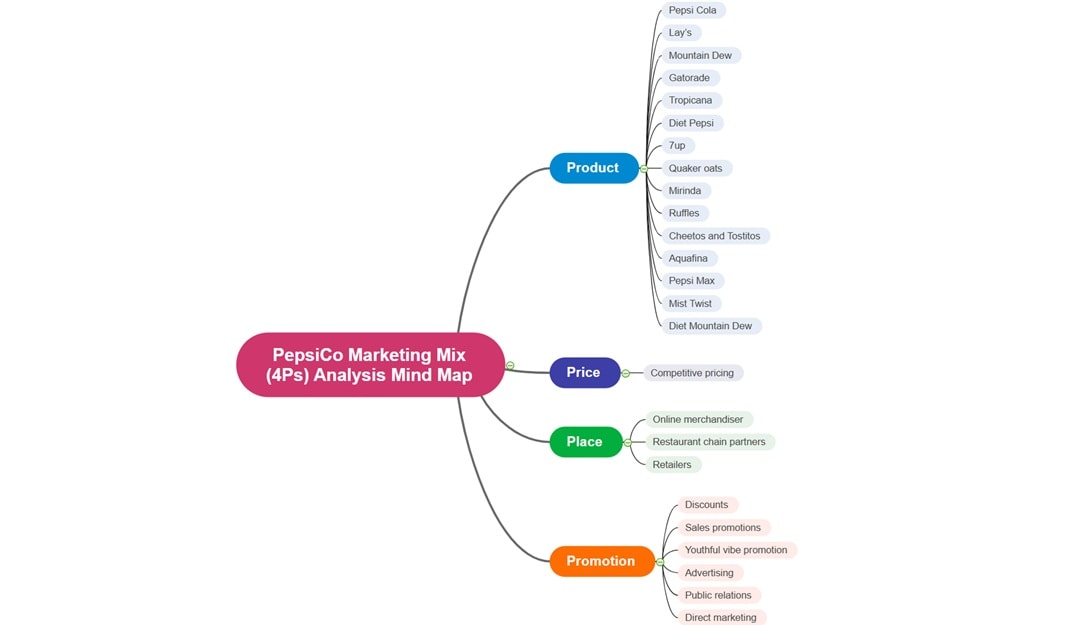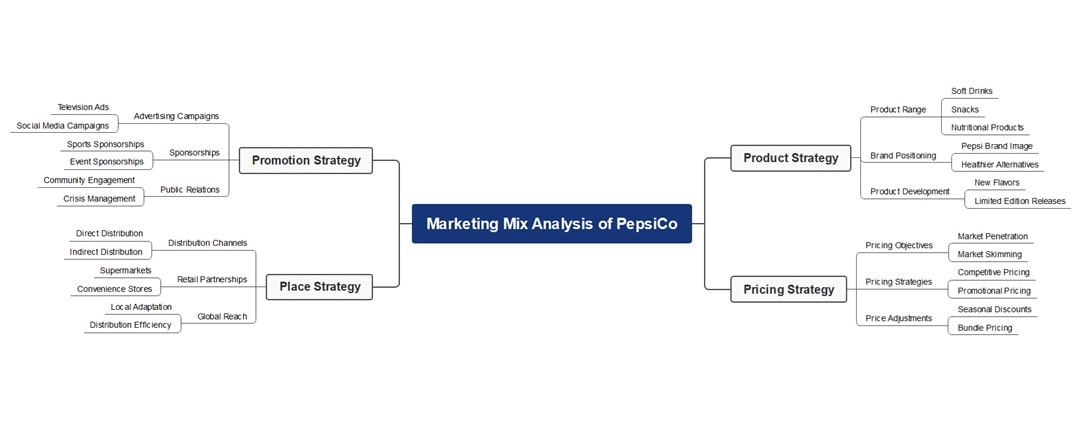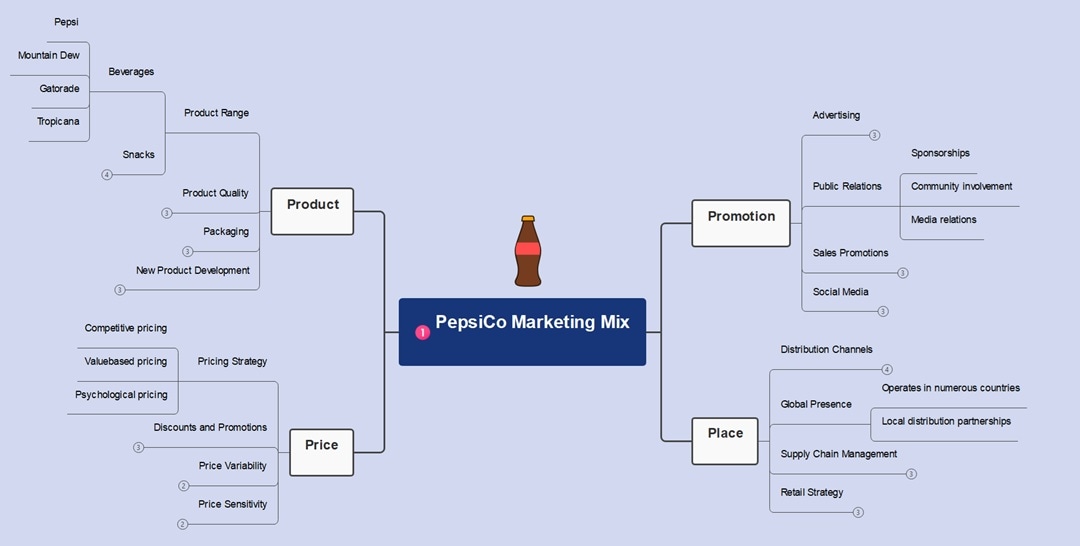PepsiCo marketing mix analysis shows how the company leads the global food and beverage sector. By applying strategies across the 4Ps, PepsiCo strengthens its reach in over 200 countries.
In this article, you’ll see how PepsiCo structures its product, pricing, place, and promotion strategies. It will explain how PepsiCo competes against Coca-Cola and adapts to shifting consumer preferences.
In this article
Company Overview of PepsiCo
It helps to know PepsiCo’s scale and history. The company was founded in the U.S. and has grown into one of the largest food and beverage businesses. PepsiCo manages a wide portfolio of brands that go beyond beverages.
Below is an overview of PepsiCo’s core business profile:
| Aspect | Information |
| Founded | 1965 (USA) |
| Headquarters | Purchase, New York, USA |
| Annual Revenue | $91.5 Billion (2023) |
| Number of Employees | 300,000+ worldwide (2024) |
| Market Cap | Over $230 Billion (2024) |
| Key Products | Beverages, snacks, packaged foods |
| Business Model | Global food and beverage corporation |
| Official Website | https://www.pepsico.com/ |
PepsiCo’s strength lies in its brand variety. The company serves a wide market of consumers across different segments and lifestyles.
PepsiCo Marketing Mix (4Ps)
Here’s a detailed breakdown of PepsiCo’s 4Ps marketing mix. The diagram shows how PepsiCo manages its products, pricing, distribution, and promotions to stay competitive worldwide.
The diagram is created using Wondershare EdrawMind:
PepsiCo Product Strategy
PepsiCo offers a diverse portfolio. It includes carbonated soft drinks, fruit juices, sports beverages, snacks, and packaged foods. The flagship products include Pepsi, Mountain Dew, Gatorade, Lay’s, Doritos, Quaker Oats, and Tropicana.
The brand invests in innovation and healthier alternatives. It has introduced zero-sugar drinks, baked snacks, and plant-based products. This variety ensures PepsiCo caters to many tastes while meeting the demand for wellness-oriented options.
PepsiCo Pricing Strategy
PepsiCo uses competitive and value-based pricing to maintain its position against rivals like Coca-Cola. Soft drinks often follow market-based pricing, keeping affordability while attracting mass consumers.
For premium items like Gatorade or Tropicana, higher pricing strategies highlight quality and health benefits. The mix of affordable and premium products allows PepsiCo to serve diverse income levels globally.
PepsiCo Place (Distribution) Strategy
PepsiCo operates a vast distribution network, reaching over 200 countries. Products are available in supermarkets, convenience stores, restaurants, schools, and vending machines. Its global footprint ensures accessibility at every consumer touchpoint.
The company also uses e-commerce platforms, subscription services, and direct-to-consumer sales through online channels. This multichannel strategy keeps PepsiCo relevant in both traditional and digital markets.
PepsiCo Promotion Strategy
PepsiCo promotes its products using TV commercials, digital campaigns, social media, sponsorships, and celebrity endorsements. The company has a long history of impactful ads. It has featured stars like Michael Jackson, Britney Spears, and Cardi B.
Sports sponsorships are a core focus as well. PepsiCo is linked to the NFL, UEFA Champions League, and Super Bowl halftime shows. These efforts strengthen PepsiCo’s identity as a fun, youthful, and global brand.
Case Study: Marketing Mix Analysis of PepsiCo
PepsiCo’s marketing mix is shaped by its diverse consumers. From young soft drink lovers to health-conscious adults, the brand ensures it offers products across all segments. This adaptability is a key driver of its global growth.
The customer journey is supported with strong branding. Awareness comes through high-profile promotions and sponsorships. Consideration is driven by product variety and innovative health-focused lines. Purchases occur in offline and online settings, making access convenient everywhere.
Physical evidence supports PepsiCo’s identity. Its packaging is colorful, creative, and eco-friendly in newer product lines. Store placements highlight PepsiCo’s wide portfolio. Meanwhile, digital channels strengthen visual branding across social media and e-commerce.
How To Make a Marketing Mix Mind Map for a Company
A Marketing Mix mind map shows how a company applies the 4Ps to its strategy. For PepsiCo, a mind map highlights its wide product range, global distribution, balanced pricing, and strong promotions.
By mapping PepsiCo’s 4Ps, businesses can learn how to manage large brand portfolios. It can also help you adapt to shifting consumer trends. A mind map also makes strategies more visible and easier to discuss with teams.
Use a Professional Marketing Mix Mind Map Maker
EdrawMind helps businesses turn marketing plans into simple visuals. With templates, AI tools, and collaboration features, you can create a PepsiCo Marketing Mix diagram in minutes. Here’s how EdrawMind supports your work:
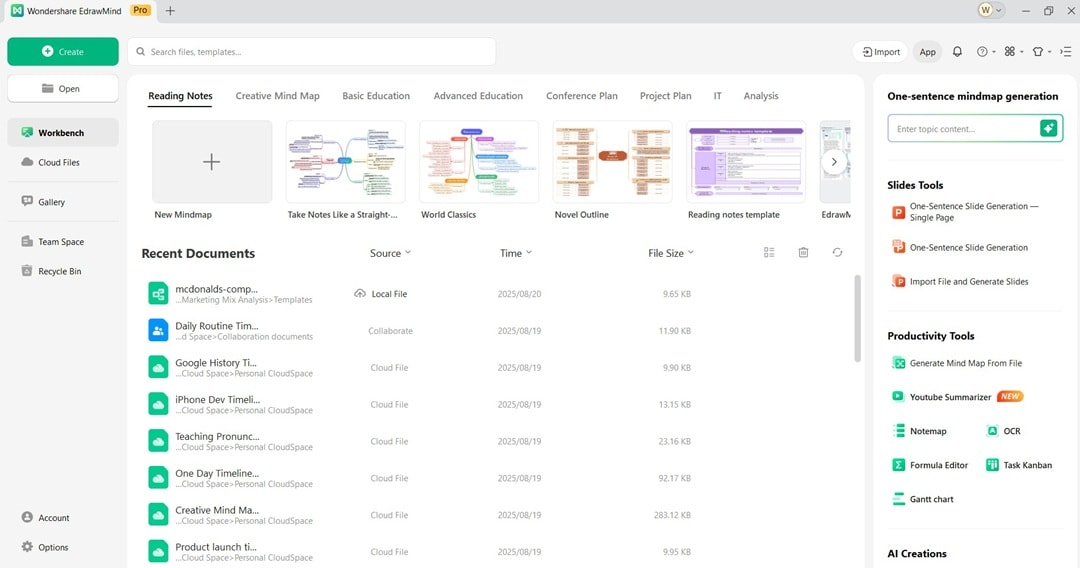
Steps To Create a PepsiCo Marketing Mix Mind Map
Creating a marketing mix mind map for PepsiCo helps organize its 4Ps. Follow the steps to build a clearer strategy for a stronger market impact:
Step 1: Download and install EdrawMind. Log in or register for a Wondershare account. Next, start a new project by selecting Create > Local MindMap.
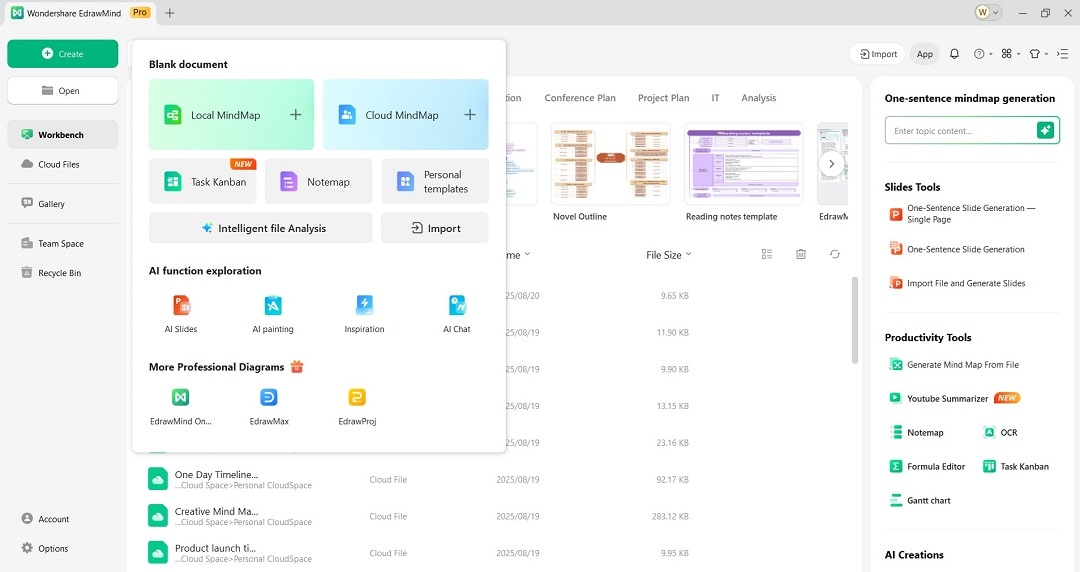
Step 2: Define your purpose. For PepsiCo, show how the 4Ps support both indulgent and health-focused markets. Click the AI Mind Map Generation to begin.
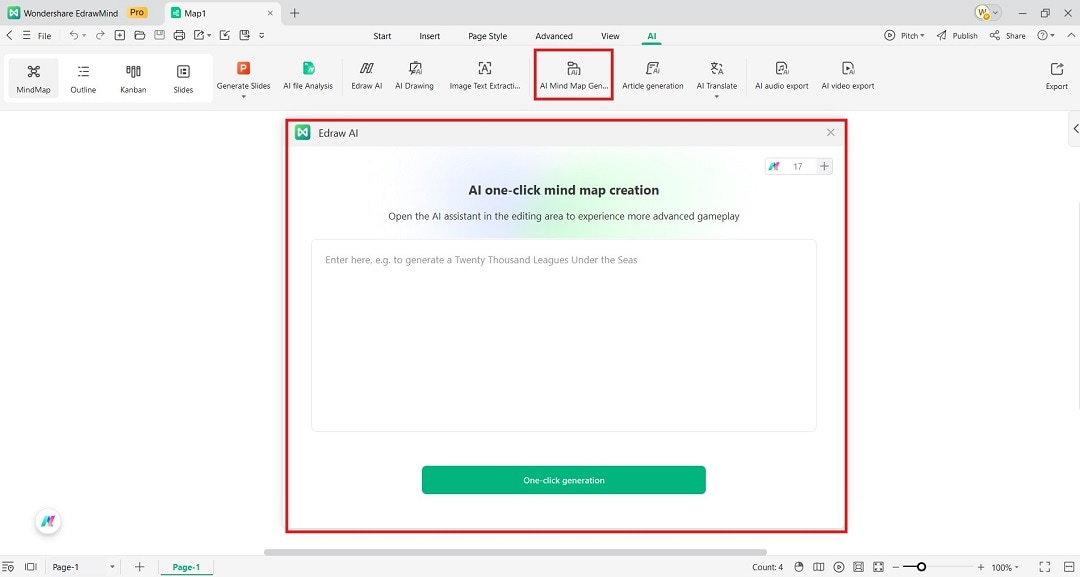
Step 3: Use the dialog box and prompt EdrawMind’s AI to make the marketing mix. Build the four branches and choose the One-click generation button.
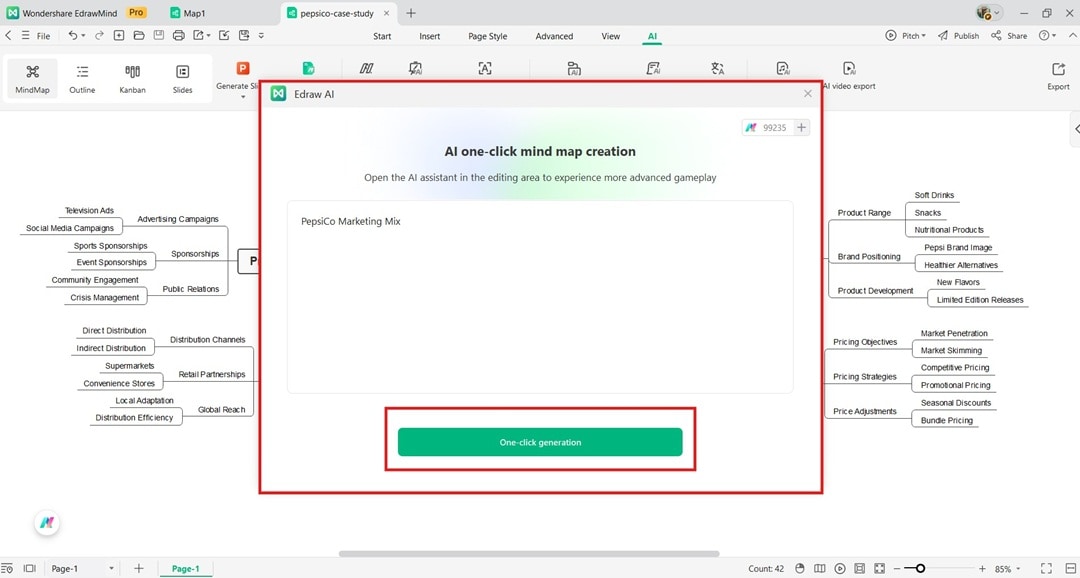
Step 4: Expand with details
If needed, expand the generated marketing mix with more info.
- Product: Beverages, snacks, healthy foods
- Price: Competitive pricing, premium health lines
- Place: Retail stores, e-commerce, global partners
- Promotion: Sponsorships, social media, ads
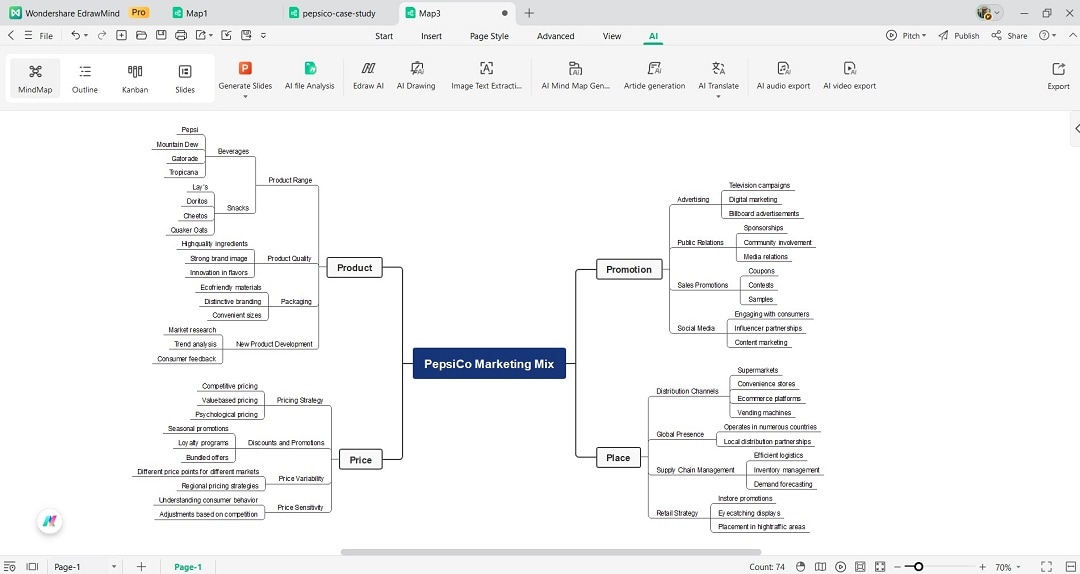
Step 5: Personalize the mind map with themes, icons, and colors. Use the right-side panel to change the mind map style as needed.
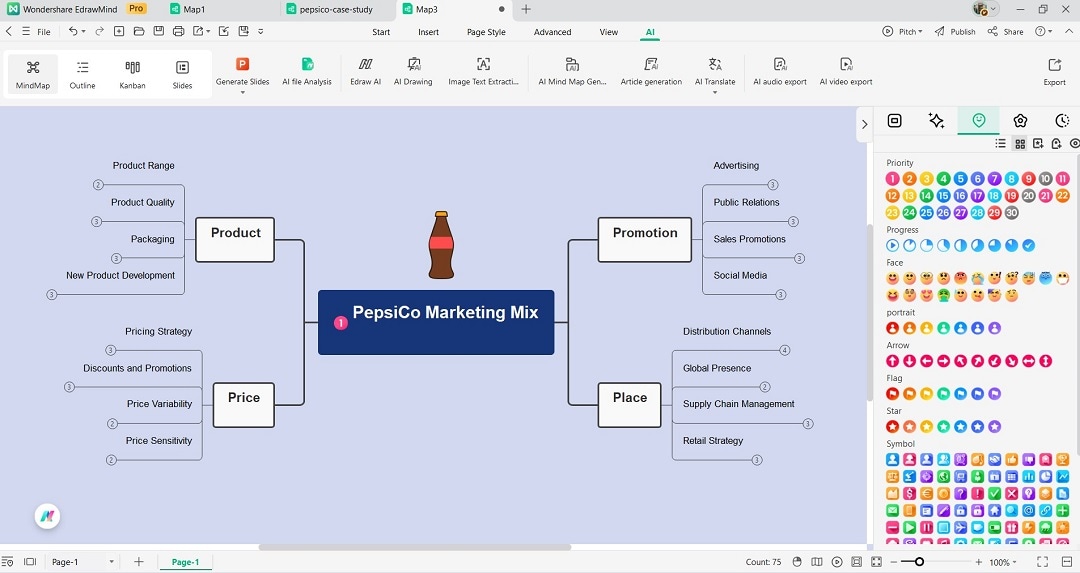
Step 6: Finalize and export the PepsiCo Marketing Mix diagram for presentations or team discussions.
Tips To Make a Marketing Mix Mind Map
Follow these expert tips when creating a marketing mix mind map:
- Know Your Consumers
PepsiCo caters to diverse segments, from cola drinkers to health-conscious buyers. Add your customer groups to the map to see how each product or service fits their needs.
- Balance Prices
Offer both affordable drinks and premium juices. Add price tiers to your mind map to compare options. Decide which segment each tier should target.
- Keep Promotion Fresh
Align ads with global music and sports culture. Brainstorm promotional themes in your map to ensure your campaigns stay relevant to current trends.
- Use Tools Like EdrawMind
Save time with AI and templates. Select a ready-made marketing mix template and customize it with your business data to speed up planning.
- Update Often
Consumer tastes evolve quickly, needing frequent mix updates. Schedule regular reviews of your mind map so strategies stay aligned with changing market demands.
Key Takeaways
PepsiCo’s marketing mix is built on variety, scale, and strong promotions. With a diverse product range, balanced pricing, wide global distribution, and creative advertising, PepsiCo maintains leadership against competitors. Its focus on health trends also keeps the brand future-ready.
For businesses, PepsiCo’s strategy shows how to manage many brands across markets. Using EdrawMind, you can design your own marketing mix mind map. It makes complex strategies simple, visual, and collaborative for better planning.
FAQ
-
Why is the Marketing Mix important for PepsiCo?
The Marketing Mix helps PepsiCo manage its large portfolio. It balances affordability with premium items, ensuring products reach a wide consumer base. Pricing, product design, and promotions are aligned with global demand and local preferences.
It also supports consistency. Every “P” works together to present PepsiCo as a global leader. Whether it’s snacks or beverages, the strategies reinforce one another. This maintains strong consumer trust and long-term growth.
-
How does PepsiCo use the 4Ps in its strategy?
PepsiCo uses product variety to target different markets. Pricing ensures affordability for mass consumers and higher value for premium health-focused lines. Distribution covers both global retail networks and online platforms—promotions center on youth culture, sports, and music.
This combination makes PepsiCo stand out. The company remains relevant across changing consumer preferences while ensuring steady growth. Each “P” complements the other to strengthen PepsiCo’s competitive position.
-
Can a mind map improve PepsiCo’s Marketing Mix analysis?
Yes. A mind map shows PepsiCo’s strategies, from its product range to distribution and promotions. This structure helps teams see the bigger picture and spot areas for improvement or innovation.
Using EdrawMind, businesses can build, refine, and share their PepsiCo Marketing Mix maps in real time. With AI and templates, the process becomes faster, more collaborative, and easier to update.



